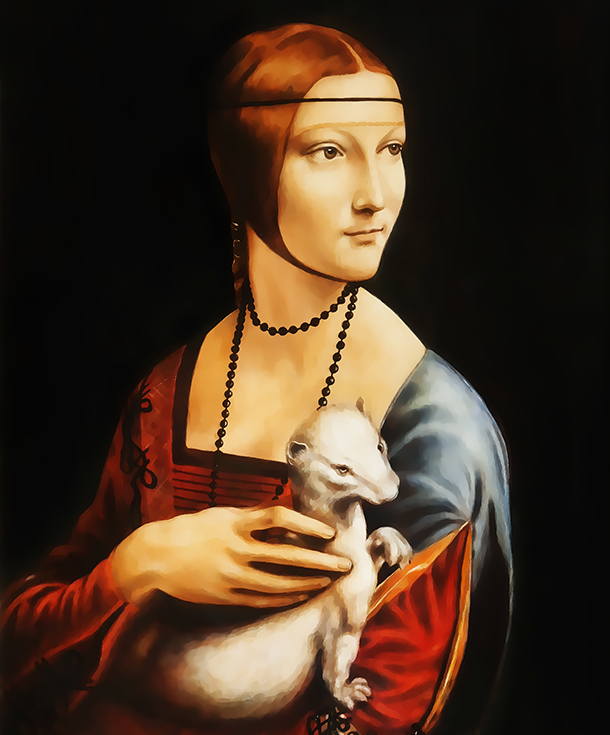Get to know Krakow
Let Ermine Suites assist you with exploring the history, venues and back alleys of Krakow.



Make your stay in Krakow more diversified.
Let us take you for an incredible tour around some magical and mysterious places in Krakow. Ready? See what is invisible to the daily onlooker!
UL. ŚW. TOMASZA means SAINT THOMAS STREET

This old and doubtless magic street of Krakow is where the bewitching Doubting Thomas Corner is located. The street was charted out out in the Old Town back in 1257 and ever since sections of it changed names time and again. This is the reason it has been known under a variety of names like Szpiglarska (Mirror Maker Street), Żydowska (Jewish), Kącik (Little Corner), Wolbromska (after the town of Wolbrom), Świnia or Świńska (after pigs), Świdnicka (after the town od Świdnica), or Różana (Roses Street) in the 18th and 19th centuries. It did not get its current name of Saint Thomas Street officially until 1881. In 1955-1990, it was named after actor Ludwik Solski. After that, it recovered the name of its patron, Saint Thomas.
Best known buildings:
The Agrarian Society Building
This graceful and fancy building on the corner of Św. Tomasza Street and Szczepański Square was constructed in 1909 on the ruins of a former tenement house to a design by Sławomir Odrzywolski and Władysław Kaczmarski. It is now numbered 8 in Szczepański Square. The sculptural decoration on it shows three male and four female figures that personify husbandry activities. They are between the windows of the third floor.
The Saski Hotel
The hotel stretches the entire block from Sławkowska to Jana Streets along Św. Tomasza Street. It was created by joining the Turczykowski House with the Florkowski House and Skalski House. In 1801, it came into the possession of Maciej Knotz. The name translates to “The Saxony Hotel.” Its dates back to the mid-19th century and derived from a magnificent, representational hall on the first floor, officially called Saxony Room. In the Saxony Room, concerts were given by virtuosos like Francis Liszt, Jan Brahms or Ignacy Paderewski. In 1916, Cinema Sztuka was opened on the ground floor. It resumed activity in 1967 and survived until 1980.
House no. 17
The old walls of the tenement at number 17 Św. Tomasza Street are a truly magic venue, dubbed Doubting Thomas Corner. It is now home to Cafe Camelot, the basements of which are the seat of Teatr Loch Camelot, a successor to the earlier Kabaret Loch Camelot, whose founder Kazimierz Madej came up with the name Doubting Thomas Corner.

The Cyrus House
A corner house that fronts Floriańska Streets at number 12 and faces sideways to Św. Tomasz Street. The first records of the house date from the 17th century when it came into the possession of the Cyrus family. It was thoroughly renovated in 2009.
The Cupid House
The original frame of this typical townhouse remained intact practically till the first half of the 20th century. Its most distinctive feature is a relief of a naked cupid holding up a shield without a coat of arms on it, installed between the windows on the first floor. It is this inconspicuous little cupid that gave the name to the building.
The Squirrel House
The House on the corner of Św. Tomasza and Floriańska Streets takes its name from an emblem on the façade. It was the home of the founder of Krakow’s first surgery clinic, Rafał Józef Czerwiakowski. A plaque on the facade of the building commemorates him with the inscription: “Rafał Józef Czerwiakowski (1743-1816), the father of Polish surgery, lived and died here.” Before, a local chemist’s had operated here, commonly known as the Golden Star Pharmacy.




